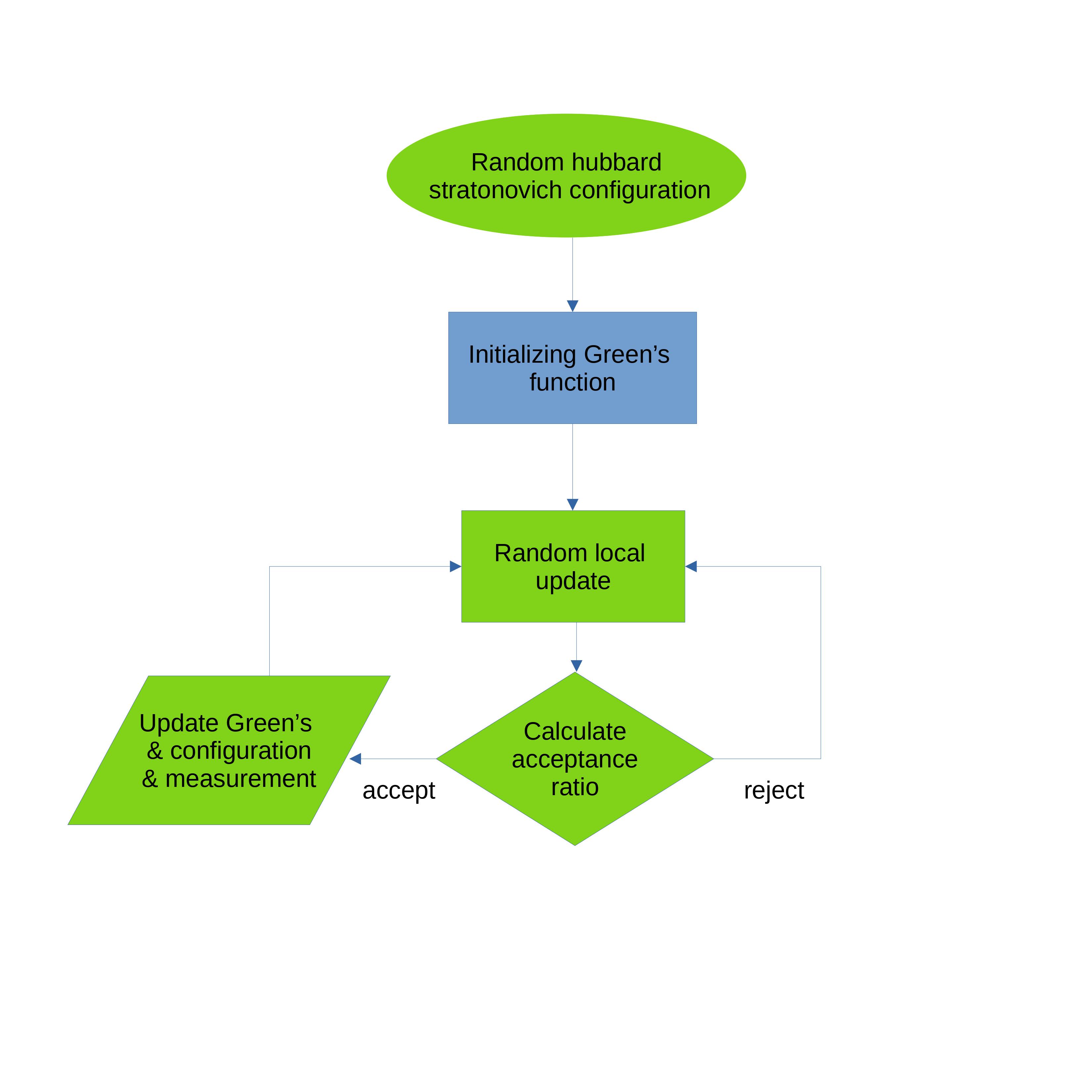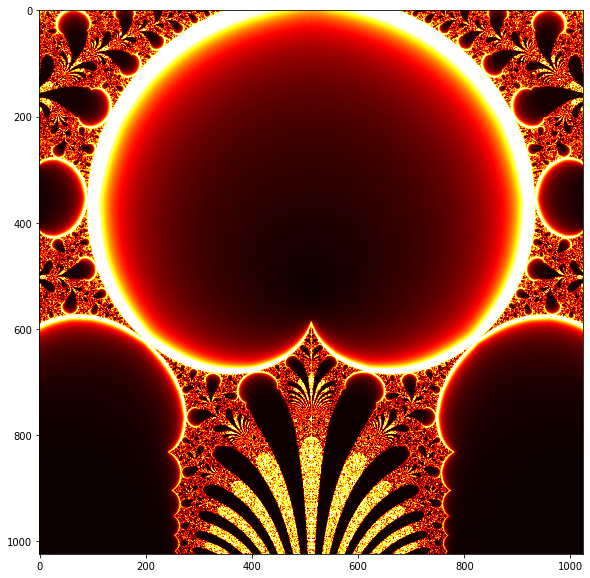About
I am Physicist who is interested in Quantum Information, Quantum Optics, Condensed Matter Physics and Quantum simulations.

Physicist & Programmer.
- Birthday: 8 Dec 1995
- City: Tehran, Iran
- Degree: Ph.D. Student
- Email: [email protected]
Tehran, Iran, is where I was born. In September 2014, I began my bachelor's degree in physics at the University of Shahid Beheshti's Physics Department, where I spend the next four years of my life. After that I got accepted to the Sharif University of Technology, where under the supervision of Dr. Mir Abolhassan Vaezi I successfully defended my thesis in February 2021. The subject of the thesis was on the implementation of Deep Neural Networks and GPU programming into improvement of quantum Monte Carlo methods, which was used to study the phase diagram of the Hubbard model.
I started my Ph.d. in September 2021, and I went on to work as a researcher in the Integrated Photonics Lab on Integrated Quantum devices under the supervision of Dr. Parsanasab. The goal of this project is to design and build quantum photonic circuits on chips for use in single-photon sources, quantum information, and computation.
Skills
I have classified my skills to three classes: Physics, Machine Learnings, Programming and Developing skills
Machine Learnings
Programming Skills
Papers
Predicting Sign of Fermionic Partition Function using Deep Neural Network
- Authors: Seyed Alireza Manavi
- Journal: Draft
- Publishing Date: --
- URL: --
One of the major problems we have, in simulation of the interacting fermionic system, using brute force methods like quantum Monte Carlo, is the fermionic sign problem. This problem arises while working with highly oscillatory functions. in this paper, we have described the problem and used deep neural network to predict sign of each configurations partition function. At last we have compared the prediction power of three different neural network designs and studied the scalability of each model.
Demythifying the belief in cryptocurrencies decentralized aspects. A study of cryptocurrencies time cross-correlations with common currencies, commodities and financial indices
- Authors: SA Manavi, G Jafari, S Rouhani, M Ausloos
- Journal: Physica A
- Publishing Date: October 2020
- URL: www.sciencedirect.com/science/article/abs/pii/S0378437120303836
The main question of this article is about whether cryptocurrencies, within their decentralization aspects, are a real commodity or/and a virtual currency. To resolve such a dilemma, we compare 7 cryptocurrencies with a sample of the three types of monetary systems: 28 fiat money, 2 commodities, 2 commodity based indices, and 3 financial market indices. We use the matrix correlation method. We display dendrograms and observe “hierarchy clustering”, as a function of data coarse graining. In fact, we confirm that the cryptocurrencies are not decentralized. We observe also that most of the currencies in the world are not significantly correlated or present a weak correlation with cryptocurrencies. Our results show that the cryptocurrency market and Forex market belong to different system communities (or regions).
Optimizing Maximum Ejecting Speed for a Gaussian Accelerator Cannon
- Authors: Mohammad Reza Noormandipour, Seyed Ali Reza Manavi, Mahdi Sarikhani, Elmira Vahidi
- Journal: STEM Fellowship Journal
- Publishing Date: July 2016
- URL: https://journal.stemfellowship.org/doi/abs/10.17975/sfj-2016-001
This paper aims to find the maximum speed of an ejected steel ball from a magnetic cannon and determine its relation to other setup parameters. A magnet induces dipole moments in steel balls inside a magnetic cannon and makes them stick together along a straight line. At the moment of collision, this attraction reduces the motion of the balls in other directions.
Resume
Sumary
Alireza Manavi
Im a Condensed Matter Physicist and Back-end Developer
- Tehran, Iran
- [email protected]
Education
Master of Science in Condensed Matter Physics
2018 - 2021
Sharif University of Technology, Tehran, Iran
Thesis: A study of the phase diagram of the Hubbard model using modern numerical methods In my thesis, we aimed to employ the recent advances in Machine Learning(Deep neural networks) and GPU programming(CUDA C++ programming) to accelerate the QMC method. By accelerated QMC methods, we can explore the Hubbard model's phase diagram more efficiently.
Advisor: Seyyed MirAbolhassan VaeziBachelor of Science in Physics
2014 - 2018
Shahid Beheshti University, Tehran, Iran
Attended Courses
- Condensed Matter Physics
- Superconductivity
- Many-body Physics
- Critical Phenomena
- Conformal Field Theory
- Machine Learning
- Perturbation Theory
- Linear Algebra
Area of Interest
- High Temperature Superconductivity
- Applied Machine Learning in Physics
- Quantum information
- Quantum Monte Carlo methods(Determinantal and Variational)
- Mean Field Theory
- Tight binding model
- Exact diagonalization methods(Lanczos and ...)
- DMRG method
- Tensor Network, PEPS and MERA
- Classical models(Ising, percolation and ...)
Attended Schools & Programs
Quantum Dynamics: From Electrons to Qbits
- Organizer: ICTP
- Date: Aug-Sep 2022
- Location: In Person Visit
- URL: https://indico.ictp.it/event/9823/overview
20th International Workshop on Computational Physics and Materials Science: Total Energy and Force Methods
- Organizer: ICTP
- Date: Feb 2021
- Location: Online Workshop
- URL: http://indico.ictp.it/event/9510/
Winter school on Tensor Network methods for quantum many-body systems
- Organizer: Sharif University of Technology. Tehran, Iran
- Date: Feb 2021
- Location: online school
- URL: http://physics.sharif.edu/~winterschool/
Harnessing Quantum Matter Data Revolution Summer School
- Organizer: Cornell University
- Date: June 2021
- Location: online Workshop
- URL: https://quantum-summer.school/
Artificial Scientific Discovery
- Organizer: MPL Light
- Date: June 2021
- Location: online Workshop
- URL: https://mpl.mpg.de/divisions/marquardt-division/workshops/2021-artificial-scientific-discovery/
Artificial Scientific Discovery
- Organizer: MPL Light
- Date: June 2021
- Location: online Workshop
- URL: https://mpl.mpg.de/divisions/marquardt-division/workshops/2021-artificial-scientific-discovery/


